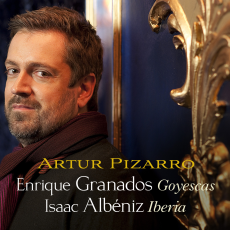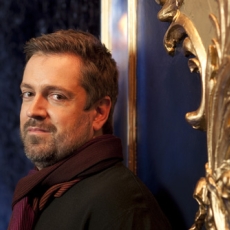Artur Pizarro - Albeniz & Granados - Fanfare
Goyescas and Iberia are generally considered, and not without some justice, to be the two pinnacles of Spanish piano music. Messiaen, who was obviously influenced by it, once wondered if Iberia might not be the greatest piece of piano music ever written. Seriously. It is divided into four parts, each consisting of three pieces that attempt to evoke Spanish scenes and landscapes, mostly in Andalusia and vicinity, often by using characteristic dances and rhythms. It presents the would-be performer with a cascade of finger-twisting difficulties and a barrage of notes that sometimes require three staves (this is also true, to a lesser extent, of Goyescas ). Albéniz once considered destroying it because he suspected that it was unplayable and Blanche Selva, the pianist who eventually gave the first performances of all four books, initially agreed with him.
...In his annotations, Pizarro says that Alicia de Larrocha once admonished him not to imitate her. That some young pianist who was taking on Spanish repertoire might be inclined to do so would be understandable, given her authority and proficiency. It appears that she need not have been concerned; his take on Goyescas is not only different from hers, it's actually different from the other nine recordings I auditioned. In four of the pieces, Flattery, Conversation at the Window, The Maiden and the Nightingale, and Love and Death (I assume that the English titles will mean more to most Fanfare readers), his is the slowest tempo, sometimes significantly so, but he brings it off. There is a kind of yielding elegance to his playing that strikes me, at least, as appropriate for the music...

